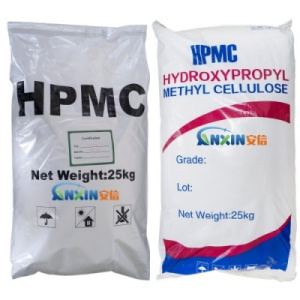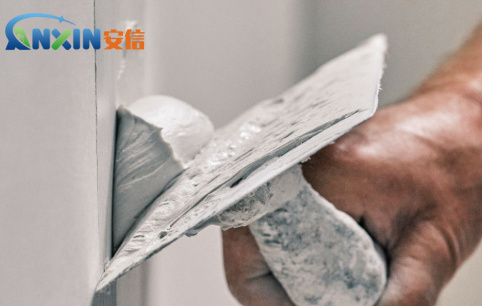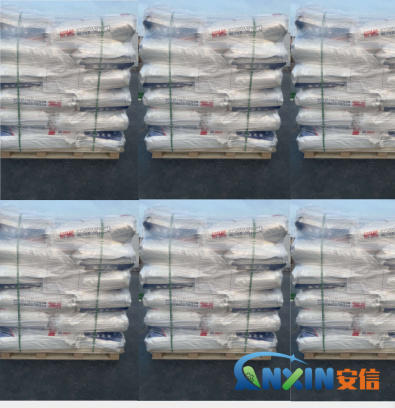Hydroxypropyl Methylcellulose (HPMC) is a non-ionic cellulose ether, which is widely used in building materials, especially in dry-mixed mortar, tile adhesive, putty powder and gypsum products.

1. Overview of gypsum plaster
Gypsum plaster is a wall leveling material with building gypsum as the main cementing material, which has the advantages of convenient construction, fast drying and environmental friendliness. According to the ratio of different additives, products with different properties such as manual plastering, spraying gypsum and self-leveling gypsum can be prepared. Although gypsum plaster naturally has certain adhesion and hardening speed, it still has problems such as poor water retention, easy cracking and poor construction during the construction process, so it is necessary to add appropriate modified materials to improve its comprehensive performance.
2. Mechanism of action of HPMC
As a highly efficient water-soluble polymer material, HPMC mainly improves the performance of gypsum plaster through the following aspects:
2.1. Improved water retention:
HPMC has good water retention capacity and can significantly reduce the water loss rate of gypsum during construction. This feature is crucial for extending the initial setting time of gypsum and improving the construction operation time, especially on high temperature or highly absorbent base layers, which can effectively avoid cracking and decreased adhesion.
2.2. Improved construction and operability:
HPMC can increase the consistency and lubricity of the slurry, making the gypsum plaster smoother during wall plastering and leveling, reducing tool resistance and improving construction efficiency. For machine-sprayed gypsum, HPMC is an indispensable rheology regulator.
2.3. Enhanced anti-sagging performance:
In thick layer construction or vertical wall construction, adding HPMC can significantly enhance the anti-sagging performance of plaster, allowing it to maintain good shape stability and not easy to slide down.
2.4. Bubble stability and uniform dispersion:
Tiny bubbles are easily formed during the mixing process. HPMC can stabilize these bubbles, which is beneficial to reduce the density of plaster and improve thermal insulation performance, but will not affect its mechanical properties.
2.5. Enhanced bonding:
HPMC can form a flexible film structure between gypsum and the substrate, thereby improving bonding performance and reducing quality problems such as shelling and peeling.

3. HPMC usage and dosage recommendations
HPMC is usually added to gypsum dry mix in the form of powder and fully mixed with other components (such as lightweight aggregate, quartz sand, retarder, etc.) through a dry mixing process. Its dosage is usually controlled at 0.1%~0.3% (based on dry material), and the specific ratio needs to be optimized and adjusted according to factors such as product formula, construction method and climatic conditions.
In spraying gypsum, in order to improve the construction smoothness and pumpability, HPMC with higher substitution degree and appropriate viscosity (such as 50,000100,000 mPa.s) can be selected, while in hand-plastered gypsum, medium viscosity (20,00060,000 mPa.s) varieties can be selected to take into account the construction feel and anti-sagging properties.
4. Precautions and challenges
Although HPMC has brought many advantages to gypsum plaster, the following points should still be noted during formulation design and use:
Uniform dispersion: HPMC needs to be fully dispersed to avoid agglomeration, and its distribution effect can be improved by dry mixing or pre-dissolution.
Compatibility with other additives: HPMC should work synergistically with retarders, water reducers, expansion agents, etc. to avoid adverse reactions.
Reasonable viscosity selection: high viscosity is not the higher the better. Too high viscosity will cause mixing difficulties, poor fluidity, and even affect pumping performance.

With the development of green building materials and the popularization of mechanized construction, the performance requirements for gypsum plaster are also increasing. HPMC will continue to play a key role in regulating construction performance and improving quality stability. At the same time, more modified cellulose ether products will be used in combination with HPMC to meet specific functional requirements, such as HPMC/HEMC compounding system and multifunctional redispersible latex powder combination solution, to help gypsum products develop in the direction of high performance and multifunctionality.
Post time: May-21-2025